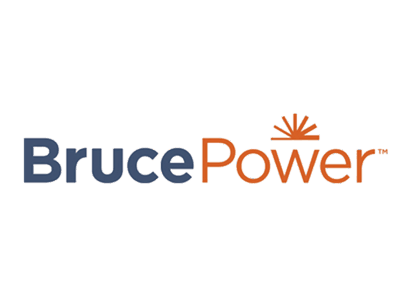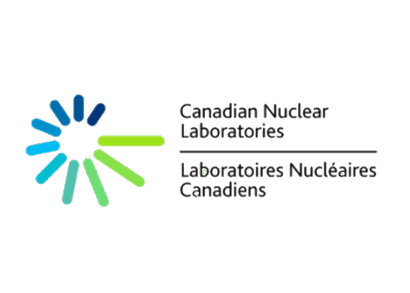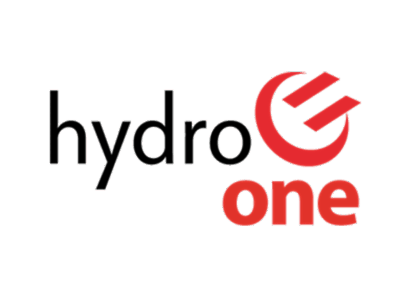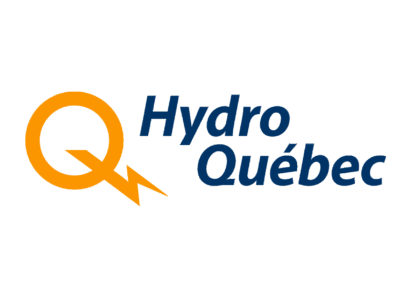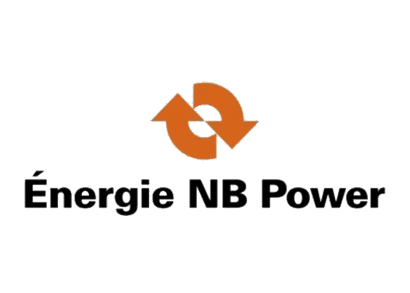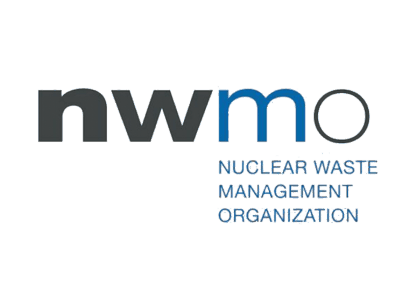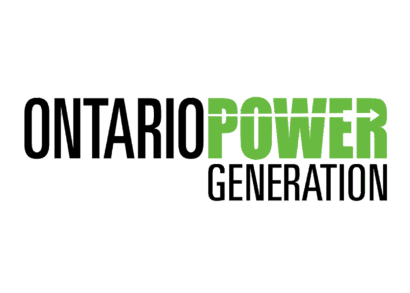Overview
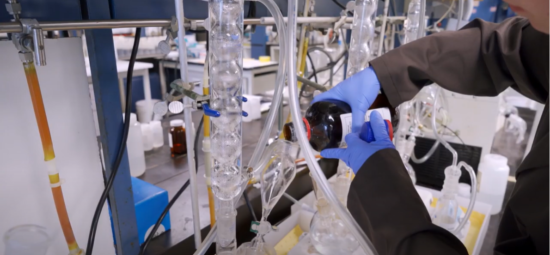
Both analytical and radioanalytical chemistry are exceptionally important in the power industry providing information about the operation of the plant, ensuring workers are kept safe from toxic chemicals, and for monitoring emissions to the local environment.
Modern analytical chemistry is a combination of wet chemistry, used to put a sample into a form suitable for analysis, and a wide variety of advanced analytical techniques such as mass spectroscopy, x-ray diffraction, and ion chromatography.
Radioanalytical chemistry is a specialized branch of analytical chemistry that quantifies a specimen or sample's radio-isotopic content. Key areas within the nuclear industry that rely heavily on radioanalytical chemistry include waste characterization, dosimetry, and environmental surveying.
Our analytical and radioanalytical chemistry services are provided from our licensed laboratory which is equipped with state-of-the-art instruments for chemical, radiological, material and polymer, and lubricating and insulating oil analyses. Our history of testing enables us to provide knowledgeable consulting services.
Why Us?
-
Fast and Efficient
Sometimes analytical results are needed quickly to guide response actions. In these situations, we expedite the process and work 24/7 to ensure you get timely and accurate results.
-
Full Radiochemistry Support
Our analytical services are supported by radiochemistry experts who choose the right analytical tests, provide reliable interpretation of the results, and advise on any actions needed.
-
Licensed Facility
A license from our regulator allows us to handle radioactive samples and dispose of arising wastes. We are accredited to ISO/IEC 17025 and registered to ISO 9001.
-
Tritium Containment Laboratory
Located within our radioactive material and chemistry laboratory our specialized tritium containment laboratory facilitates the safe handling of tritium and tritiated materials.
-
Acute and Chronic Toxicity Tests
As one of the few laboratories licensed to conduct toxicity tests on radioactive effluents, we are able to investigate acute and chronic consequences of radiation on aquatic life.
-
Microbiological Analysis
We have one of the few laboratories capable of analyzing radioactive samples for microbial activity.
Technical Abilities
Radiochemistry
Our radiochemical analysis work includes sample preparation, dissolution, interference separation, and analyte pre-concentrations for almost any matrix from metal alloys to lubricants, and resins to biological media. In addition, we handle internal dosimetry samples in our CNSC licensed alpha lab – for more information, see our Dosimetry Services webpage.
For isotopes, these are separated and quantified based on optimal radiochemical characteristics. For cases where waste streams are too complex and voluminous to allow proper sampling, reasonable estimates are obtained via scaling factors based on more readily measurable species.
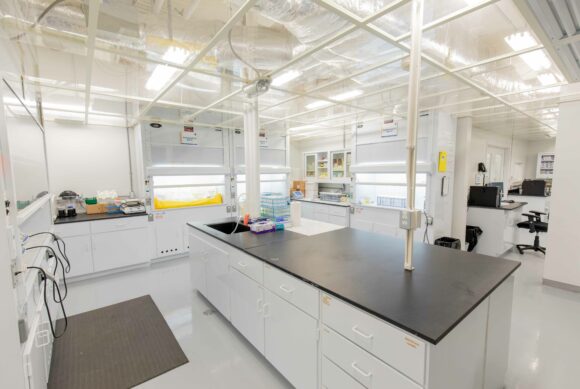
General Chemistry
Our general chemistry group offers routine organic and inorganic analyses for environmental monitoring and reporting, waste characterization, and site remediation. We have the multi-disciplinary expertise and analytical tools available to deal with a wide range of non-routine samples and can provide data interpretation and technical assistance.
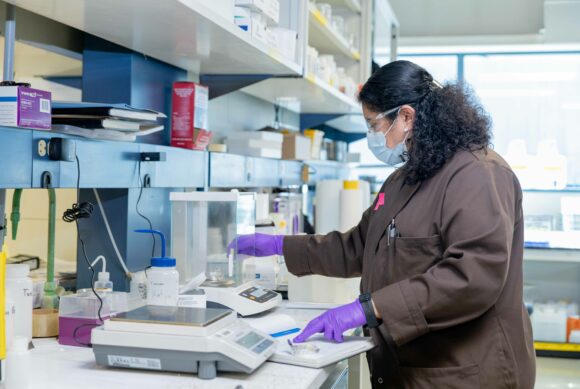
Nuclear Applications
Whether it’s categorizing an emergent waste stream, routinely carrying out an environmental sampling program, or developing a new process for radioisotope production we have the capability.
Examples of our work include:
- Waste Characterization for Shipping and Incineration
- Characterization of Steam Generator and Pressurized Water Reactor Cladding Deposits
- On-site Support for Boiler Chemical Cleans
- Material Qualification (alloys, lubricants, cleaning agents, IX resins)
- Characterization of Unknown Deposits and Materials
- On-site Training Courses for Specific Methodologies
- Isotope Ratios for Neutron Absorbers
- Source Term Characterization
- Environmental/Contaminated Soil Sampling
Instrumentation
Our laboratory equipment includes;
Induced Coupled Plasma - Mass Spectroscopy is used to measure trace metals in samples and can be used to measure isotopic concentrations of elements, serving both the nuclear utility and medical isotope industries.
We have a range of gas chromatographs with a wide variety of columns and detectors, including flame ionization detectors (FID), mass spectrometers (MS), thermal conductivity detectors (TCD), and nitrogen-phosphorous detectors (NPD). Using GC, we are capable of analyzing PCBs, PHCs, glycols, morpholine, and organic compounds.
X-Ray Diffraction is used for the phase identification of crystalline materials.
Ultraviolet-Visible Spectroscopy is used in the analysis of aqueous samples for ammonia, hydrazine, and silica.
Ion chromatography is a technique used for the detection and quantification of anions and cations. Anions include both inorganic (nitrate, nitrite, chlorine, fluorine, sulfate) and organic (glycolate, acetate, formate, oxalate) anions. Certain organic cations can also be quantified by ion chromatography (morpholine, hydrazine).
We have one of the few laboratories licensed to conduct toxicity testing on radioactive effluents.
- Acute testing to evaluate the effects on the aquatic life of a short-term exposure
- Chronic testing to evaluate the effects on the aquatic life of a long-term exposure
We have one of the few laboratories capable of analyzing radioactive samples for microbial activity, we provide qualitative and quantitative analysis of select bacteria species of importance to the utility industry, including Gallionella, Thiobacillus, Legionella, Aerobic/Anaerobic bacteria, Iron/Sulfate-reducing bacteria, and Nitrifying/Denitrifying bacteria.
Gamma spectroscopy is a powerful technique that provides an immense amount of data very quickly, using one scan to gain information about all the gamma emitters present.
Gas flow proportional counting is a technique used for preliminary analysis, providing information about the total amounts of alpha and beta activity in a given sample. Further analyses can provide a specific isotopic profile, indicating which isotopes are producing this activity.
Liquid scintillation counting is used to determine individual isotopic concentrations of beta-only emitters such as H-3 and C-14, and hard-to-detect isotopes such as Cl-36, Ni-63 and Zr-93. Liquid scintillation counting is used in conjunction with elemental purification techniques such as column chromatography and solvent extraction to eliminate interferences.
Alpha spectroscopy is used to identify alpha-only emitters such as Pu-238 and Cm-244. Alpha spectroscopy is able to achieve a very low detection limit, making it suitable for environmental-level and bioassay samples.
Induced Coupled Plasma - Optical Emission Spectroscopy is used to test metals in samples. Samples may be liquid (run as-is or filtered), or solid (analyzed following acid digestion or fusion).
Thermo-Nicolet Fourier-transform infrared spectrophotometer (FTIR) is used for the identification of polymer materials including both liquids and solids.
We have a full capability for testing physical and chemical parameters of insulating and lubricating oils, fuels, governor fluids, greases, plastics, and polymers.
Petroleum Products Testing
Our petroleum products group offers comprehensive lifecycle testing of fuels, lubricants, insulating oils, greases, and environmental fluids.
Most testing is carried-out in accordance with American Society for Testing and Materials (ASTM) procedures, as applicable.
From the detection of incipient faults (in transformers) which reduces costly unplanned outages, to investigative failures and research programs (supported by various internal groups - metallurgy, forensics, corrosion and polymers), we provide the solution to solve complex technical problems.
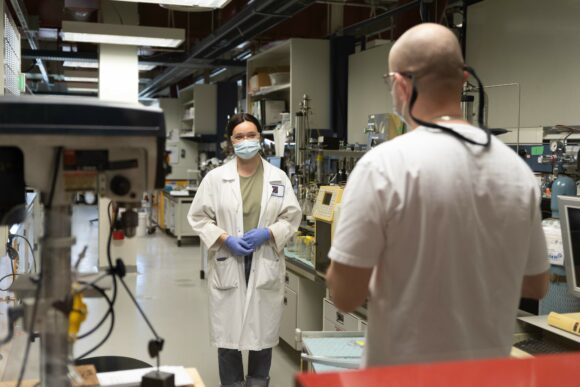
Confidentiality
We ensure that all information obtained or created during the performance of laboratory activities is kept confidential.
We inform our customers in advance of all information that we intend to place in the public domain, except for information that the customer makes publicly available, or when agreed between Kinectrics and the customer (e.g. for the purpose of responding to complaints). All other information is considered proprietary information and shall be regarded as confidential.
Whenever our laboratories are required by law or authorized by contractual arrangements to release confidential information, the customer or individual concerned shall be notified unless prohibited by law.
Any information about our customers obtained from external sources (e.g. complainant, regulators) shall remain confidential between Kinectrics and the customer. Likewise, the external source of this information shall be regarded as confidential to Kinectrics and shall not be shared with our customers, unless agreed to by the source.

Our Proven Experience
Quality Assurance & Technical Standards
- ISO 9001
- Quality Management System
- ISO 17025 (2017)
- Testing & Calibration Laboratories
- WNSL-W2-3850.01/2028
- Waste Nuclear Substance Licence
Key Clients
Projects
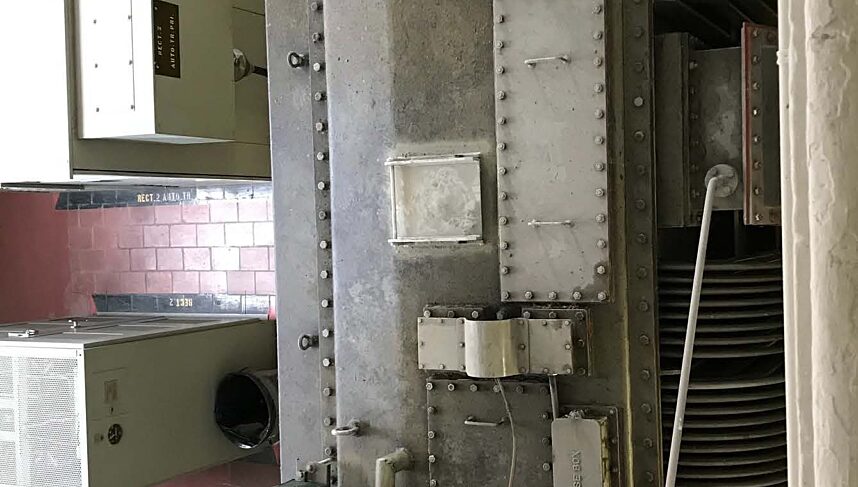
Public Transit Electrical Equipment Asset Condition Assessment
Kinectrics chemistry lab has proved time and time again to be a valuable asset. They have a
good depth of knowledge in a variety of chemical analysis requirements and
solid problem-solving skills. They appreciate the time sensitive nature of
deliverables in our industry.






